HeldInTheMoment
No longer a newbie, moving up!
- Joined
- Jul 27, 2015
- Messages
- 297
- Reaction score
- 33
- Location
- Vermont, USA
- Can others edit my Photos
- Photos OK to edit
Title says it all really, is there any disadvantage to using lossless 14-bit RAW (NEF) files?


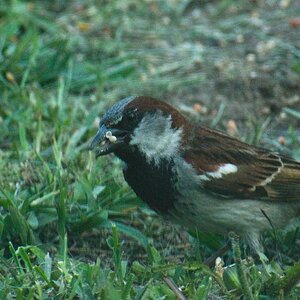
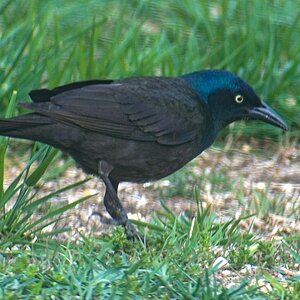
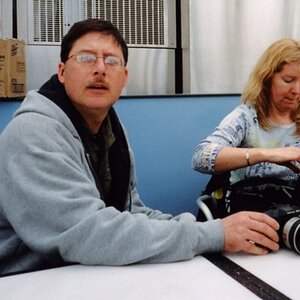
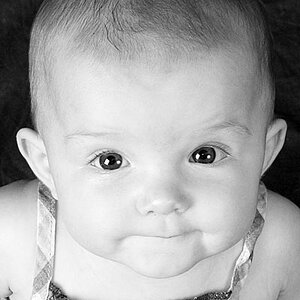
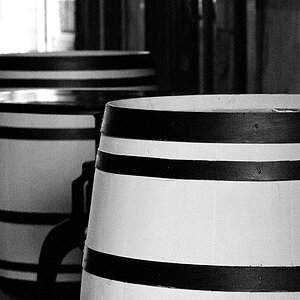
![[No title]](/data/xfmg/thumbnail/34/34746-f8e4b50f9d9b0de43c95af3d2caf956b.jpg?1619736628)

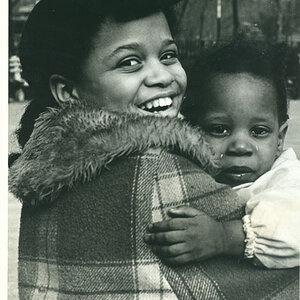
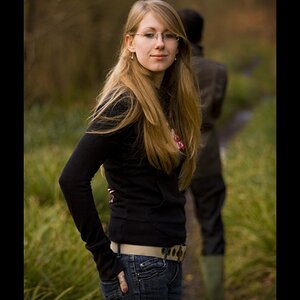
![[No title]](/data/xfmg/thumbnail/35/35586-d552a369f369a1796256b9df897a8d91.jpg?1619737061)
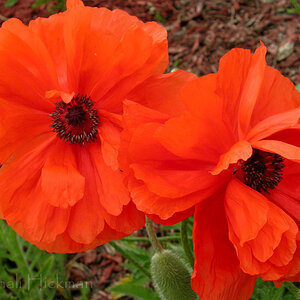
![[No title]](/data/xfmg/thumbnail/37/37104-99933b18ee16678a8299f12747336d48.jpg?1619737882)